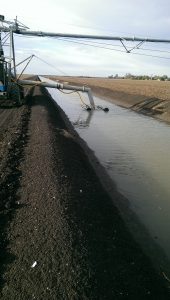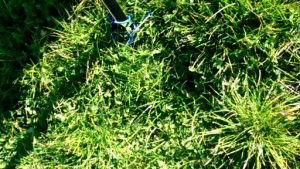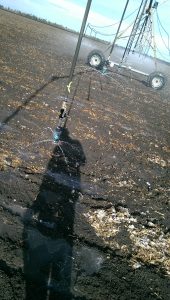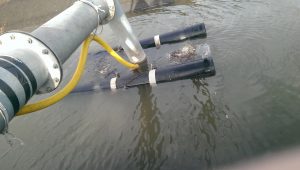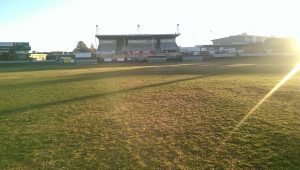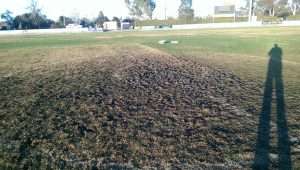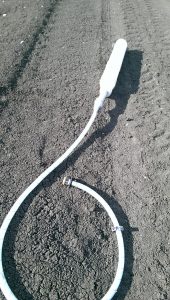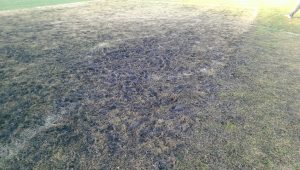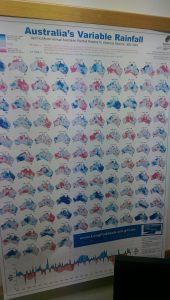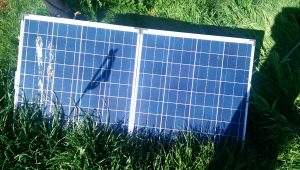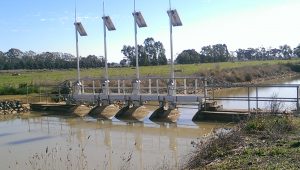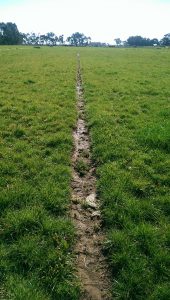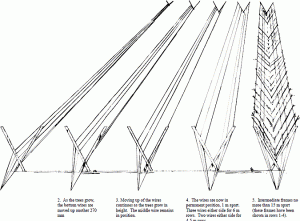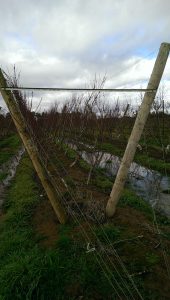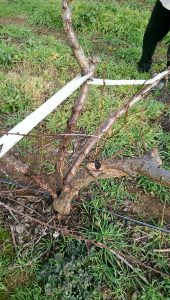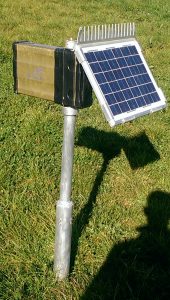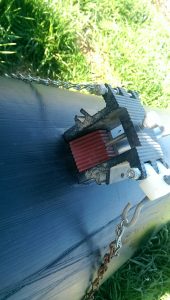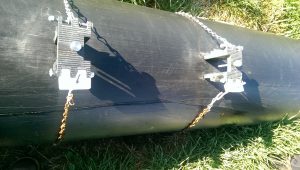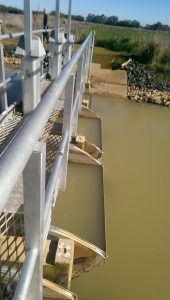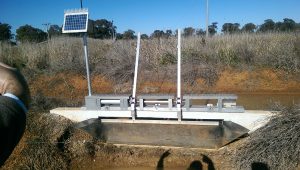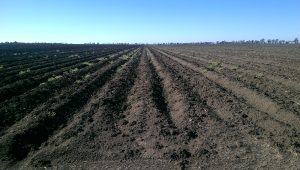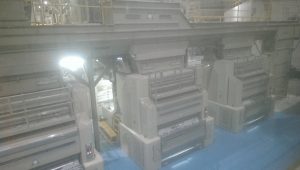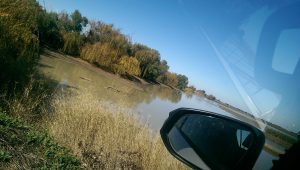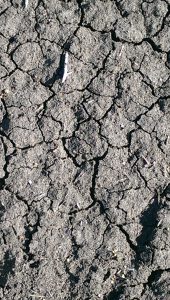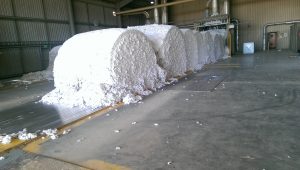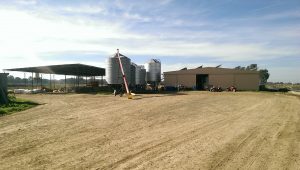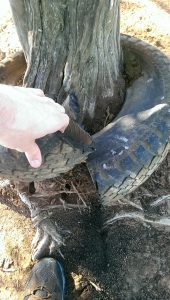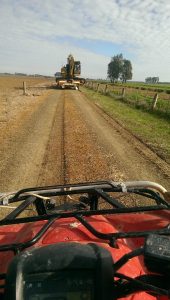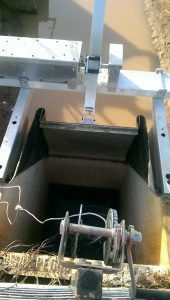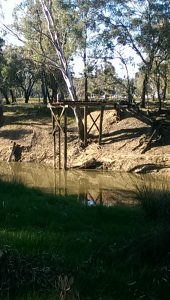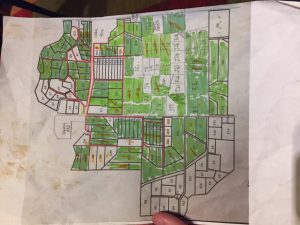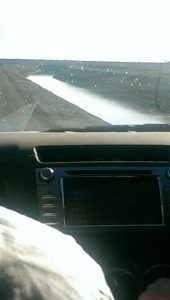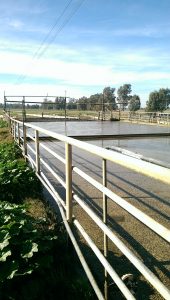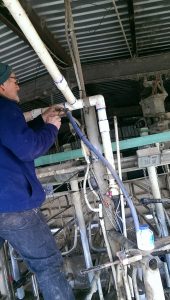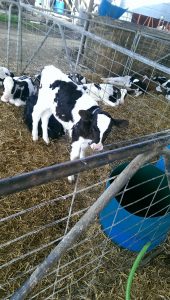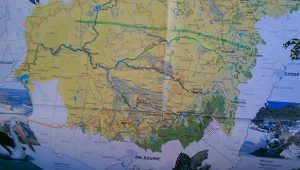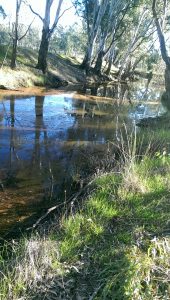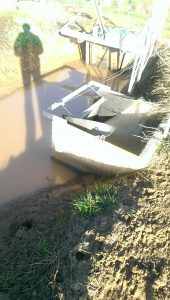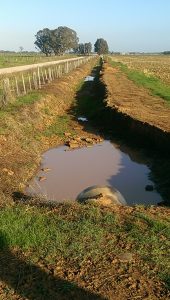Day #1: The first day of the week was spent at the University of Queensland Toowoomba campus(USQ), with the AgTech research group NCEA. Dr. Joseph Foley is the head of the NCEA, and he kindly let me spend a couple days learning about what they do, and even go out and assist in some research projects.
The entire first day was spent meeting the various faculty members. Even though I was basically in meetings all day, this was by far the most interesting day of my internship. The NCEA research group is expansive in the topics they cover: The use drones for more accurate field readings, build machines for other researchers, and have a fantastic relationship with their research farmers. I would say that the highlight of the faculty I met was Les Zeller, a man who has come up multiple times in my turfgrass studies with Professor Rossi.
Day #2: Tuesday was when the hard work started. I went out with one of the Agricultural Engineering students to help him with a research project he was running (at 4am…). We made the hour and half drive to a farm with a massive overhead irrigator to measure the RPM and flow rates of every three sprinkler heads. The work was absolutely miserable. Not only was it the coldest day of my time in Queensland (roughly 40 degrees Fahrenheit), but it was also extremely windy, and we were running under the water as it was irrigating the field. To make things worse, I ended up falling into the irrigation ditch. The fact that I didn’t get pneumonia afterwards was a missive win in my book. Despite how physically challenging the day was, it was nice to see some applied research in practice, mostly so that I now know what to avoid in any future grad school projects.
Day #3: I went back to Shepparton early in the morning, and went right to work with the Shepparton City Council. I was working with the sports field managers for the Shire, which is the Australian version of a county (no I was not working in with Hobbits). They are basically in charge of taking care of the AFL (Aussie Rules Football) and Cricket ovals that are built in each small town, village, and city. Because it was the winter, work was slow, so the tasks we completed were mostly small. Things like moving the Shepparton football grounds growth cover (fancy name for an expensive tarp) to an area that had taken a rather large amount or wear. We reseeded, added a topdressing, and then rolled over the problematic areas. I was also given a brief tour of most of the surrounding ovals and sports fields in the Shire.
Day #4: Spent day #4 working more with soccer fields. The main field at the newly constructed $20 Million AUD sports complex was in very good shape. We added some topdressing to the sideline where the assistant referees run up and down. After that we repaired sprinkler heads, and drove to other fields to topdress and sometimes reseed. Though the work wasn’t the most stimulating at the City Council, it was great to see applied turfgrass management, and how much recent research and tech was actually being put to use by the workers in the field. From my very short adventure into the AgTech industry, I’d be ok making the broad generalization that the Australian Agriculture industry tends to have a smaller gap between the researchers and farmers than we do in the United States.
Day #5: Spent at the office on a very quiet day. Learned about all the council does, and caught up on blog work.

